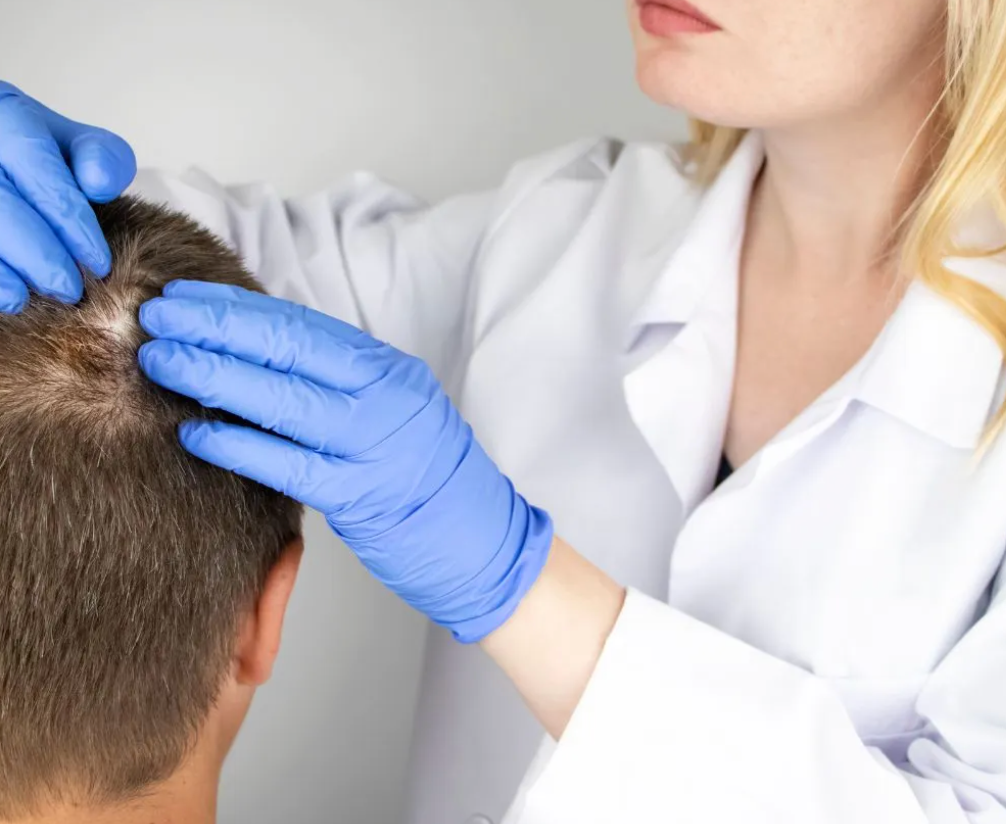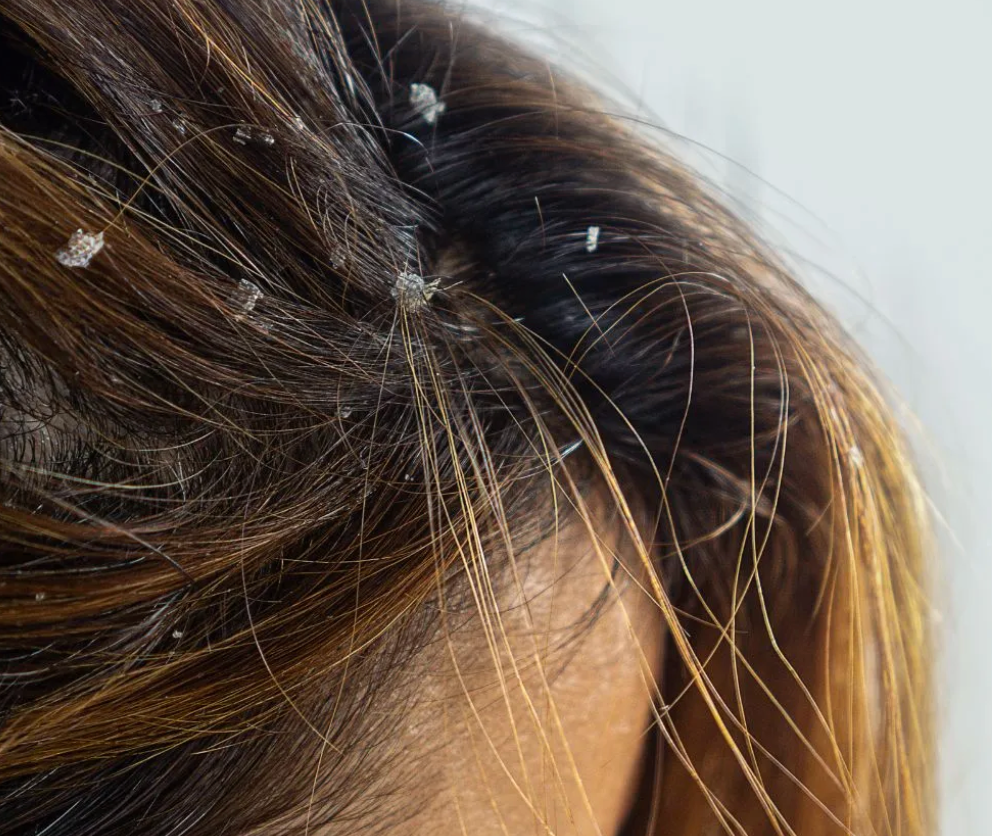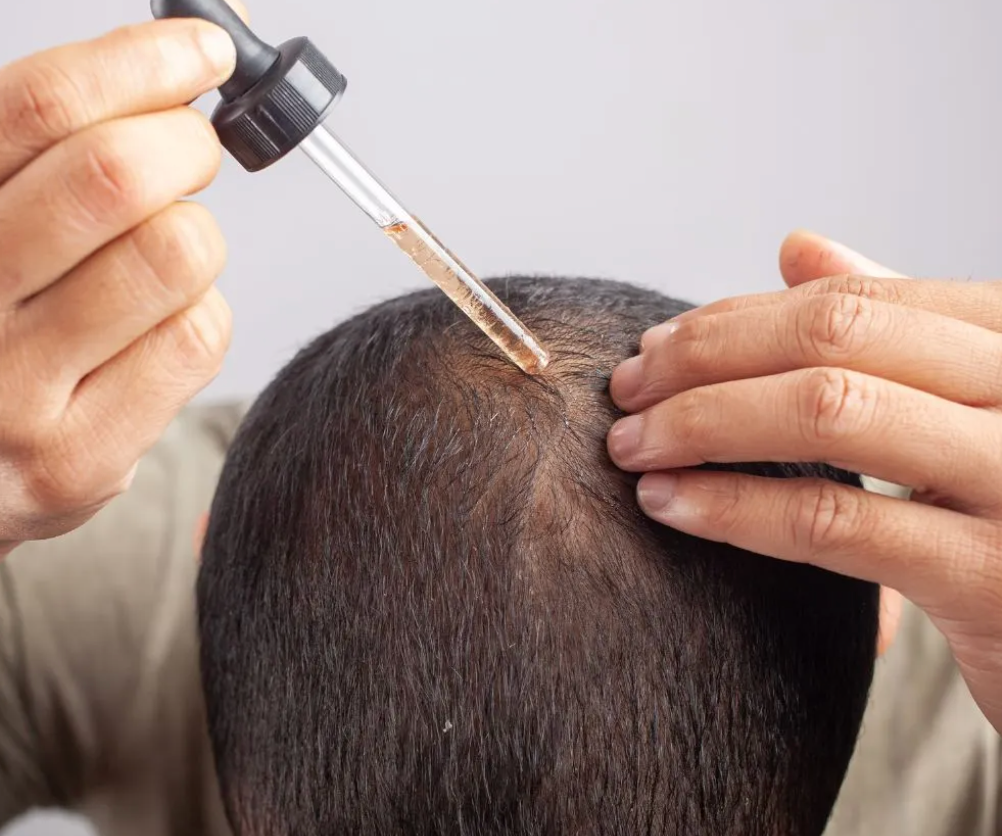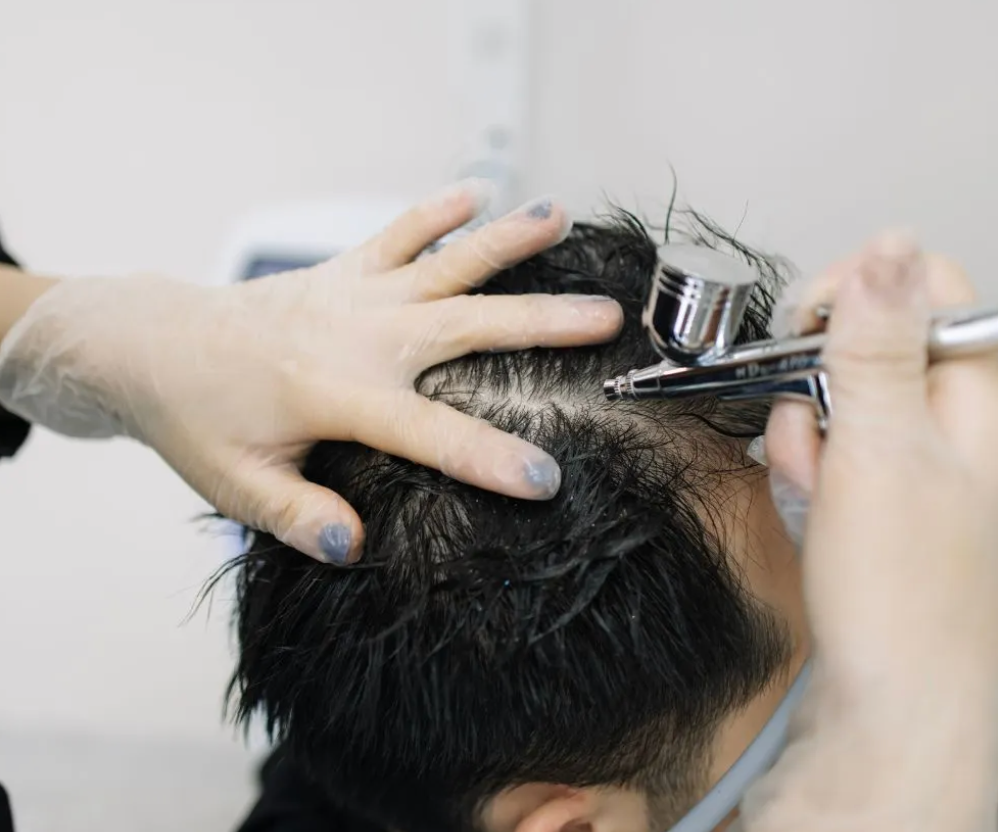Understanding Discoid Lupus (DLE) and its Impact on Hair Loss
Discoid lupus erythematosus (DLE), also known as chronic lupus erythematosus, is an autoimmune condition primarily affecting the skin, often leading to hair loss. In this article, we will explore the relationship between DLE, hair loss, and its connection to systemic lupus erythematosus. We will also delve into the diagnosis, treatment, and lifestyle considerations associated with this condition, emphasizing the importance of keywords such as alopecia, hair loss, lupus, and discoid lupus.
DLE: A Focus on Hair Loss
DLE primarily targets the scalp, face, ears, and lips, causing inflammatory skin lesions. Unlike systemic lupus erythematosus, which affects internal organs, DLE mainly manifests as a dermatological disorder. Individuals of all ages and backgrounds can be affected by DLE.
Symptoms often start as red, scaly bumps that progress into thick or thin, itchy plaques. These plaques are characterized by a pink color with a hyperpigmented (darkened) rim and visibly plugged hair follicles. Hair loss in the affected areas is common, with hair either broken off or completely missing. Over time, these plaques can become atrophied and may leave behind scars.
Diagnosis and Management
Diagnosing DLE typically involves a skin biopsy and a thorough examination by a dermatologist. Unlike systemic lupus, DLE diagnosis doesn’t rely on blood tests. However, it’s crucial for individuals with DLE to undergo annual blood tests, as they may have an increased risk of developing systemic lupus erythematosus, which can affect internal organs.
Managing DLE often includes the use of oral antimalarial medications and topical steroid creams to alleviate skin inflammation. In severe cases, immune-suppressing medications may be necessary. Lifestyle modifications are equally crucial to reduce the frequency of disease flares.
The Importance of Sun Protection
One key lifestyle aspect for DLE management is strict sun protection. Lupus is highly sensitive to sunlight, and exposure to intense sun can trigger flares, causing symptoms to worsen. Patients are advised to use umbrellas, wear hats, seek shade, use sunglasses, and apply sunscreen consistently to shield their skin from harmful UV rays.
Smoking and Lupus
Smoking is strongly discouraged for individuals with DLE and lupus in general. Cigarette use has been linked to more challenging disease management and frequent flares. Quitting smoking is highly recommended to improve the overall prognosis and quality of life.
The Role of Early Intervention
Early intervention is paramount in DLE management. Inflammation associated with this condition can lead to scarring, potentially destroying hair follicles and resulting in permanent hair loss. While there is no cure for DLE or lupus, with a well-structured treatment plan and adherence to recommended lifestyle changes, individuals can effectively manage the condition, often achieving symptom-free periods.
Conclusion
Discoid lupus erythematosus is a dermatological condition closely linked to hair loss. Understanding the connection between DLE, hair loss, and systemic lupus erythematosus is essential for individuals dealing with this autoimmune disorder. Early diagnosis, appropriate treatment, and lifestyle modifications, such as sun protection and smoking cessation, can significantly enhance the management of DLE, providing patients with a better quality of life and minimizing the impact of alopecia and hair loss.










